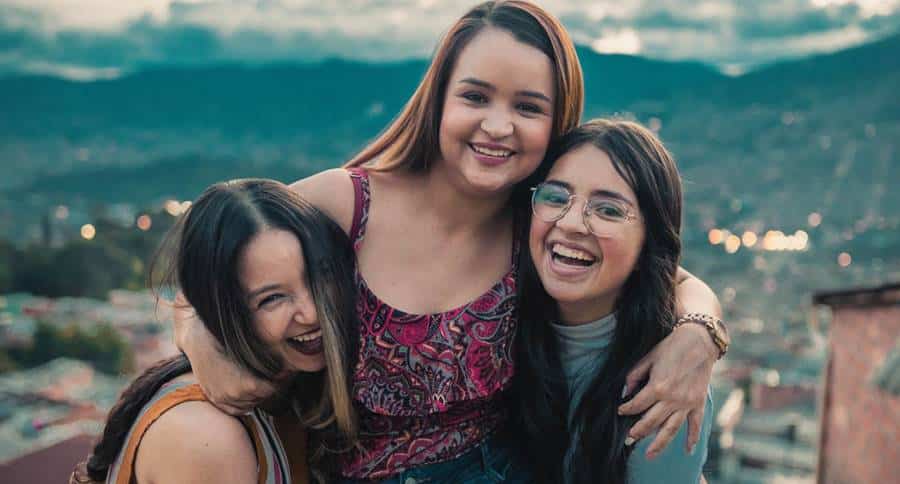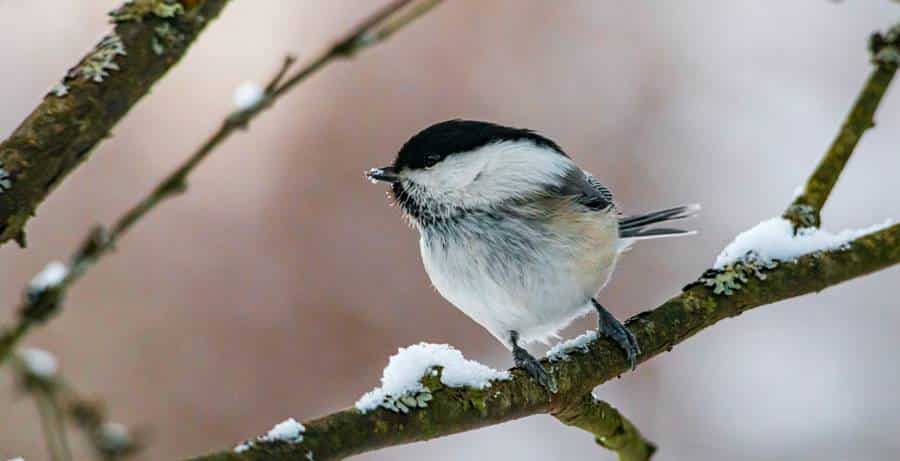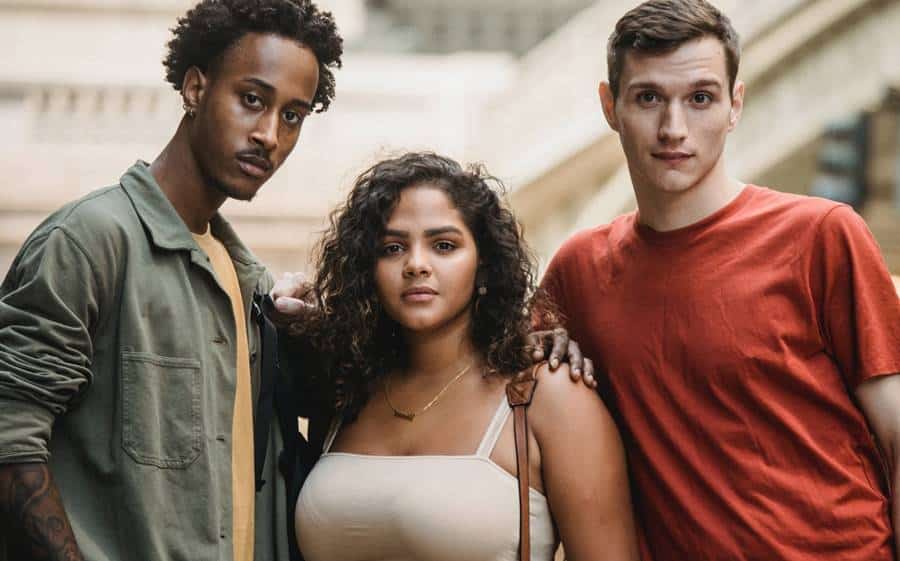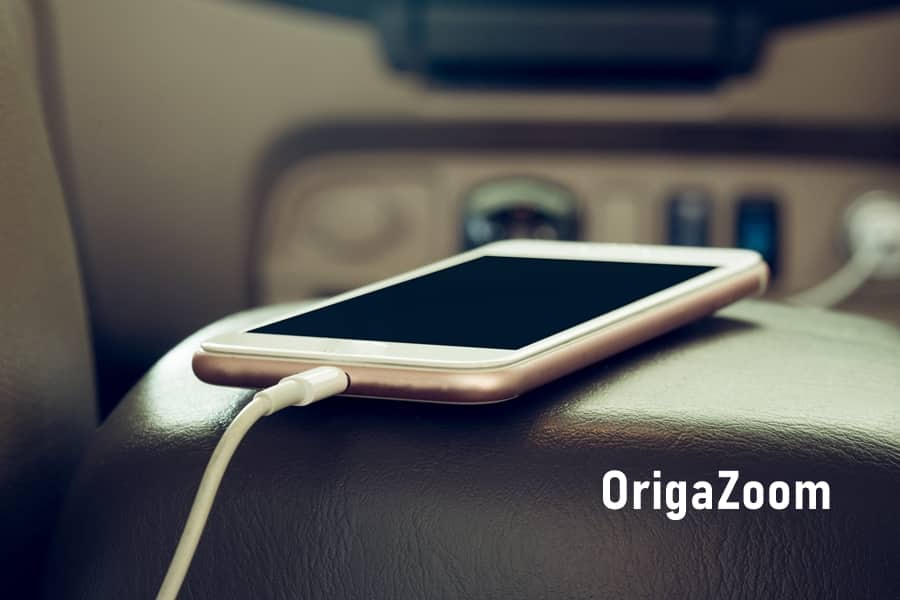Today’s topic is “best time for photography”. Are there better hours to take great photos? This question, every photographer has asked himself. Just like this question “Are there natural lights more beautiful at different times of the day?”
These two questions are more or less two variations of the same question, perhaps because the answer is roughly the same. And, it is positive. There are many better times to take better photos. These hours are linked to the quality of the light. This quality is itself related to 2 elements or aspects. The first is that of:
- The position of the sun, and
- The angle according to the hour.
As we said in a previous article about lighting in filmmaking and photography, the angle at which the sun’s rays fall on the earth’s surface is important for the quality of light.
The closer this angle is to 90°, which means when the sun is at its zenith, the “worse” the light will be because it will be hard, violent. This light will not create shadows, so little or no relief. The violent light brings strong contrasts, crushes the colors, diminishes the nuances. It tends to break out the highlights and, by contrast, block out the shadows.

Concretely if we pose for the highlights, we very easily block the shadows. And if we pose for the shadows, we easily burn everything that is not in the shade. By posing, we must understand here: measure the light to render the one we choose: high or low.
By reducing the shadows cast to their minimum, or even to nothing, the overhead light eliminates the volumes. The combination of the two phenomena gives unpleasant photos, little researched, tending towards black and white without gray. There are hours to avoid and, therefore, hours to be privileged (see below).
The Angle According to The Seasons
Since we have talked about the angle at which the sun’s rays arrive on earth, some times and seasons are more suitable than others for making great photos. In general, as you will have already understood, the higher the sun is on the horizon, the worse the light. So, the closer we are to the equator, geographically, or to the solstice, temporally, the worse the light.

So, winter offers, in the northern hemisphere, often better, softer light. In absolute terms, it is not in summer or in sunny countries that we take the most beautiful photos, especially in the middle of the day (solar).
Fortunately, there is life outside the absolute. We can like sunny landscapes. First of all, it is a (widespread) taste and then that does not prevent us from taking magnificent photos.
You may also like to read: Winter Photoshoot Ideas
Air Transparency
This transparency mainly depends on the air temperature. The hotter the air, the more it moves. It is evident in summer, in bright sunshine, above a road, more particularly. Asphalt, generally dark, captures heat well, and the air rises while dancing as if over a plugged-in electric hob or a campfire. But this phenomenon can exist elsewhere than above a road. And may not be as visible. It is nevertheless present.

You must have noticed that the images of distant subjects, taken with a large telephoto lens, are sometimes “not very sharp”. Rest assured, your telephoto lens is not a bottleneck, it is the thick layer of moving air, which blurs the image.
Is this “jamming” recoverable? The post-processing makes it possible to reduce the atmospheric haze, but not the blur due to the moving air over several hundred meters thick.
Pollution is also penalizing, and for that, there is no time. For the temperature, luckily, there are hours. And, very good news, they coincide with that of the angle of the sun’s rays. However, with a lag delay, because the air remains warm for a while after the sun has stopped heating it. The light may have become “better” again, but the air may continue to dance.
Favorable Hours: Best Time for Photography
They are, in increasing order, from the most general to the most precise:
- Depending on the season – when the angle of the sun’s rays with the earth is smaller, more easily in winter.
- Depending on the hours – when the angle of the sun’s rays is more reduced, rather in the morning, from dawn to around 10 a.m. to 11 a.m., and in the evening, after 3 p.m. to 4 p.m.
- Depending on the temperature – below 20-22 ° = OK – above 25 ° = yuck! In this case, the temperature quickly becomes a noticeable degradation factor.
The best photos, therefore, belong, like the future, primarily to those who get up early. And also, to those who take a nap. As for the future, the rule is less strict than for the photo.

These slots are obviously fluctuating, according to the seasons, the times of the year. And your personal taste. So, for the morning window, you should know that at the time of sunrise – like a sunset – the light changes very quickly.
It goes from a diaphanous light which, against the light, offers water-colored colors to a light more charged with energy which quickly gives density to these colors. In a few seconds, you can take a series of photos that offer different colors from one shot to the next.
You may also like to read: Color in Photography and Its Rules: What is Color in Photography?
Finally, Some Additional Remarks That You May Find Useful
Use the lens hood as consistently as possible. This is not a decorative accessory; you have been charged. The lens hood is to the lens what your finger is to the shutter button.
When you are in the sun, try to photograph with the lens in the shade. If necessary, have someone help you so that a drop shadow protects the front part of your lens, staying out of view, of course. If it’s going to become a portrait, make sure your assistant is in the shade. Expanses of water, lakes, ponds, rivers almost always create refreshed micro-climates favorable to better photos.

In fine sunny weather with passing clouds, whatever the time of day, you can take advantage of the sun being momentarily hidden above you to trigger. Your frame on the ground will no longer be crushed by the light, the clouds will remain bright and bright, you will have a rare photo. That you can always remove if this lighting does not, please you.
After the rain, the air is generally cleaned, refreshed, more transparent. It is, therefore, favorable to better photos, not to mention the reflections offered by aquatic surfaces, wet or damp.
General Benchmarks
These indications – this diagram – are of course indicative. They provide very convenient general references. But these are not railway indicators, nor airplane timetables. They can and should be taken into account flexibly. Knowing how to make exceptions can sometimes make exceptional photographs.
It is with these indications as with all the rules. You have to know them to be able to transgress them. Consciously, for a specific purpose. It is the very basis of creative freedom.
But you can’t always be where you need to be, at the right time. So, when you make the decision to shoot despite everything, you have to compensate for a harsh, less nuanced light, by a framing and a composition even more carefully than usual. And to take other photos which use this light there. And then, with the digital one, a stereotype which one must then eliminate is not a disaster. And if it is good, without being exceptional, we keep it.


